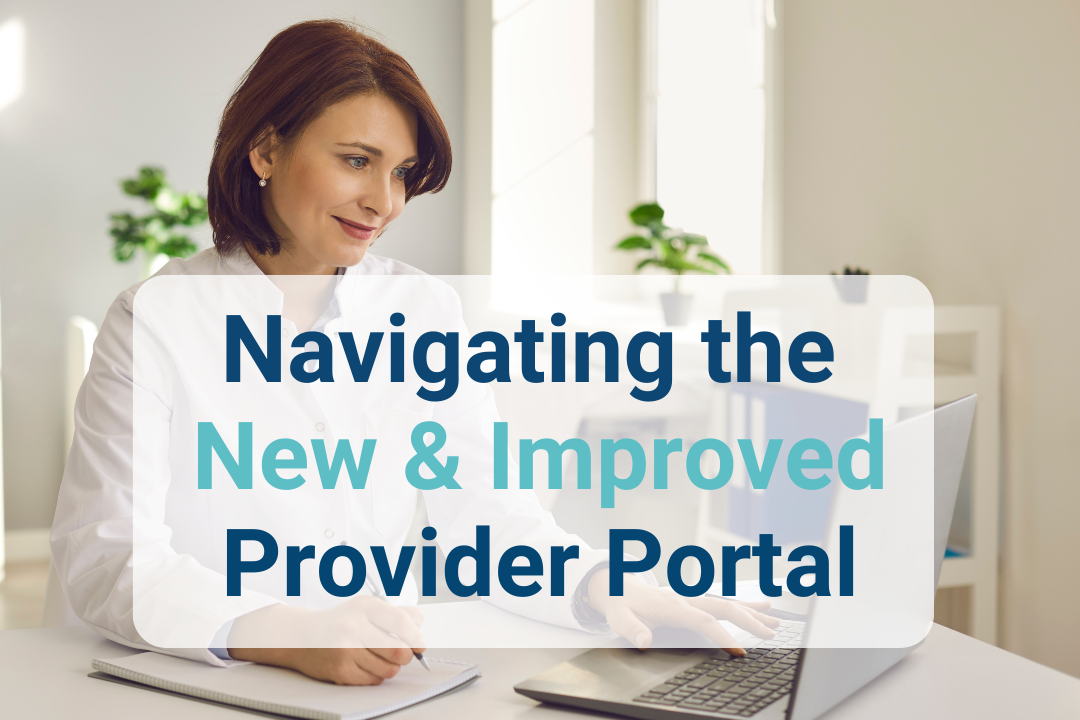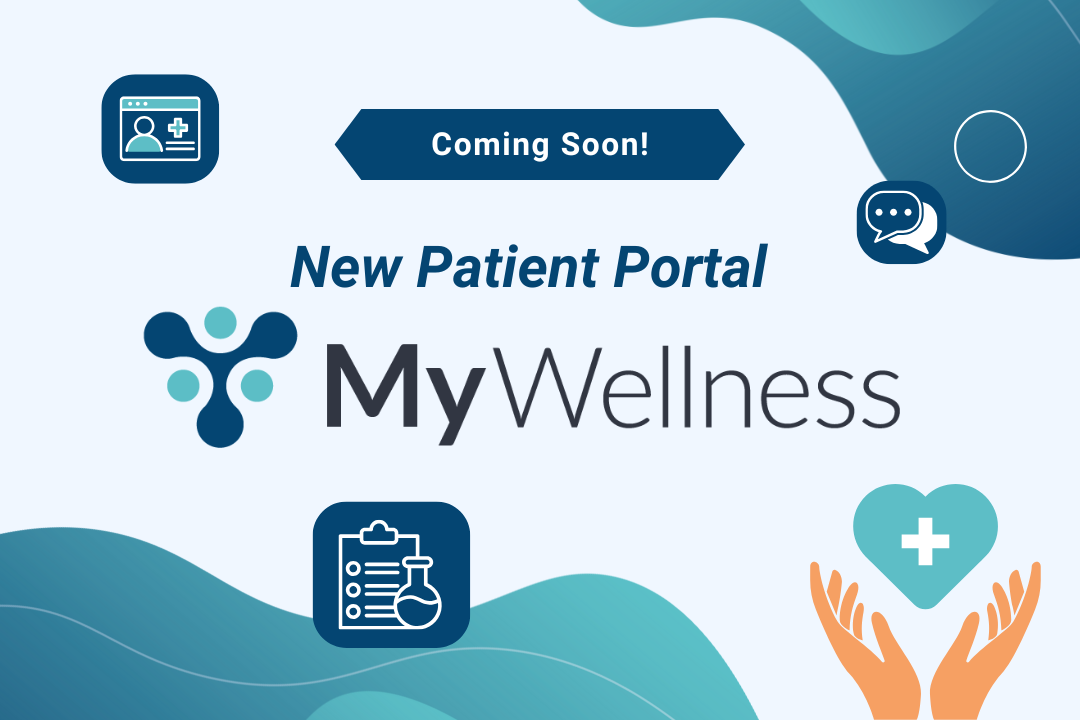Individual vs. Group NPI Numbers: What You Need to Know
If you have two or more providers in your practice with individual NPIs, you can apply for a group NPI for free in less than 20 minutes. A group NPI helps identify your practice as a unified entity and can assist with operational processes. In this article, we’ll break down the difference between individual and group NPI numbers and guide you through how to easily obtain a group NPI for your practice.
Understanding the Difference Between Individual and Group NPI Numbers—and How to Apply
What Is an NPI Number?
The National Provider Identifier (NPI) is a 10-digit unique identification number assigned to healthcare providers and organizations in the United States. It’s used to identify healthcare professionals and entities consistently across electronic systems, facilitating operational tasks like scheduling, lab ordering, and reporting.
There are two main types of NPI numbers:
- Individual NPI (Type 1)
- Group NPI (Type 2)
Individual NPI Number (Type 1)
An individual NPI number is assigned to a single healthcare provider, such as a doctor, nurse practitioner, dietitian, or other advanced practitioner. This number is unique to the provider and stays with them throughout their career, regardless of changes in location, specialty, or employment.
An individual NPI number can be compared to a social security number, whereas a group NPI is comparable to an EIN or TIN used for businesses.
- Who Needs an Individual NPI? Individual practitioners, whether working independently or as part of a group, need an individual NPI to identify themselves in their professional activities.
- Usage Example: A provider may use their individual NPI when placing patient orders, editing patient records, prescribing medication, and maintaining professional credentials.
Group NPI Number (Type 2)
A group NPI (Type 2) is a National Provider Identifier assigned to healthcare organizations, such as group practices, clinics, or other healthcare entities. It represents the entire organization rather than individual providers working within it.
To be eligible for a group NPI, the organization must have at least two providers with individual NPIs. Group NPIs are primarily used for administrative purposes, such as organizing workflows, managing records, and identifying the organization consistently across electronic systems. This ensures that the group or entity is properly recognized in healthcare operations and communication.
•Who Can Get It? Organizations with multiple providers, practices that operate under a group or business name, or clinics that provide services collectively need a group NPI.
When Do You Use a Group NPI Number?
Organizational Operations: Use the group NPI for administrative tasks and managing workflows within your practice or organization.
- System Integration: Identify the organization in electronic systems where multiple providers operate under the same entity, ensuring seamless functionality.
- Administrative Activities: Enable staff to perform non-clinical tasks on behalf of the organization, such as managing schedules or processing requests.
Having both individual and group NPI numbers ensures clear identification of providers and practices across systems.
Key Differences Between Individual and Group NPI Numbers 
How to Obtain a Group NPI Number
Obtaining a group NPI is a simple process. Follow these steps:
- Create an NPPES Account
- Visit the National Plan and Provider Enumeration System (NPPES) website.
- Create an account if you don’t already have one by clicking “Create or Manage an Account.”
- Log In and Start the Application
- Log in to your NPPES account.
- Select the option to apply for a Type 2 NPI (Group NPI).
- Provide Business Details
- Enter your organization’s information, including:
- Legal business name.
- Taxpayer Identification Number (TIN) or Employer Identification Number (EIN).
- Business address and contact information.
- Choose a Taxonomy Code
- Select the taxonomy code that best matches your organization’s specialty or area of focus.
- Review and Submit
- Double-check all entered information for accuracy.
- Submit your application.
- Receive Your Group NPI
- Once processed, your group NPI will be sent to you via email.
Why Cash-Only Practices Should Get a Group NPI Number
Even if your practice operates on a cash-only model, obtaining a group NPI number can provide benefits for your operations and future flexibility.
Here’s why:
- Clear Organizational Identity
A group NPI allows your practice to be clearly identified as an entity, separate from the individual providers within it. This is especially useful when coordinating with third parties, such as labs, diagnostic services, or other healthcare organizations that may require a group NPI for administrative purposes.
- Improved Internal Management
For practices with multiple providers, a group NPI helps streamline administrative processes like scheduling, patient recordkeeping, and tracking workflows under the organization’s name. This ensures consistency in your practice management.
- Support for Administrative Staff
Administrative staff who perform tasks on behalf of the practice may not have individual NPIs. A group NPI enables them to manage operational functions—such as coordinating appointments or handling communications—without requiring an individual provider’s NPI for non-clinical tasks.
- Enhanced Professional Credibility
Having a group NPI lends professionalism to your practice by establishing it as a recognized healthcare entity. This can be valuable for building trust with patients, vendors, and collaborators.
- Future Flexibility
Having a group NPI ensures you are prepared for potential growth or changes. If you expand your services, collaborate with other organizations, or integrate with electronic systems, a group NPI will already be in place to support those transitions.
Conclusion
Understanding the difference between individual and group NPI numbers is important for organizing your practice effectively. An individual NPI identifies each practitioner, while a group NPI represents your practice as a whole, supporting better operations and administrative processes.
If your practice has multiple providers or operates as a business entity, obtaining a group NPI is a free and straightforward step. Visit the NPPES Portal to complete your application today. We are not affiliated with the National Plan and Provider Enumeration System (NPPES) or any government entity. All references to NPPES are for informational purposes only, and any interactions or services provided are independent of NPPES.
Learn How NPI Types Affect Permissions in the Vibrant Ordering Portal
 By
By


